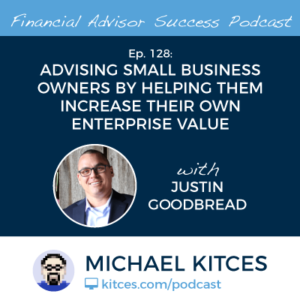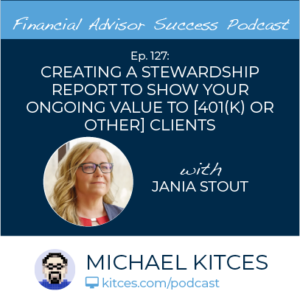In recent years, a growing number of retirement “bucket” strategies have been developed to tie specific portfolio allocations to specific expenditures – most commonly by tying “essential” expenses that a retiree cannot outlive to guaranteed income streams (or at least highly conservative portfolios with low withdrawal rates), while “discretionary” expenses are supported with more volatile portfolios in recognition of the fact that if the portfolio performs poorly the expenses can be cut (since they are “discretionary”).
The caveat, however, is that it’s not always easy to determine what constitutes an “essential” vs. “discretionary” expense in the first place. The classic approach is to tag the food, clothing, and shelter kinds of categories as “essential” (along with perhaps healthcare in the modern era), while travel and entertainment expenses are discretionary.
Except in practice, if a retiree lost out on such “discretionary” expenses, it would likely not only be a traumatic impact to their real-world lifestyle, but such discretionary expenses often support genuinely psychological needs (e.g., funding activities that empower social well-being). And at the same time, many classically “essential” expenses in the areas of food, clothing, and shelter, really aren’t essential at all. From the house that’s bigger than what a retiree couple truly needs to survive, to eating out at expensive restaurants instead of dining frugally at home, or buying “designer” clothes versus generic or lower-cost brands (or buying at a second-hand thrift store).
In essence, separating “essential” vs. “discretionary” expenses by looking at categories of spending doesn’t necessarily work. Instead, the better approach is perhaps to segment spending within each category into the “Core” expenses that form the nucleus of the household’s lifestyle, from the truly discretionary (and more easily adaptable) expenses within each category (from the upscale restaurants to the designer clothes). In other words, there’s a potential layer of Core vs. Adaptive expenses in every spending category.
And importantly, the distinction isn’t mere semantics. By attaching specific portfolio “buckets” to each of the Core vs. Adaptive spending types, it’s easier for retirees to actually see that their “Core” spending really is secure, while a more-volatile portfolio (with more downside risk but also more upside potential as well) is tied more directly to the expenses that are truly adaptable and flexible, while giving retirees a clear resource bucket to consume (and know when it’s exhausted). Which in turn opens up the door for retirees to decide how much they want tied to each of the associated retirement buckets.
The bottom line, though, is simply to recognize that what defines more flexible “discretionary” spending to fund wants (rather than needs) isn’t just a function of certain categories of expenses, or funding solely the expenses necessary to ensure base-level safety and survival needs. Instead, retirees can upgrade their lifestyle across any number of traditionally “essential” spending categories as well… as long as there’s a clear resource bucket to show how long that spending can be sustained, and when the retiree really may have to adapt!

 Welcome back to the 128th episode of Financial Advisor Success Podcast!
Welcome back to the 128th episode of Financial Advisor Success Podcast! Welcome back to the 127th episode of Financial Advisor Success Podcast!
Welcome back to the 127th episode of Financial Advisor Success Podcast!
